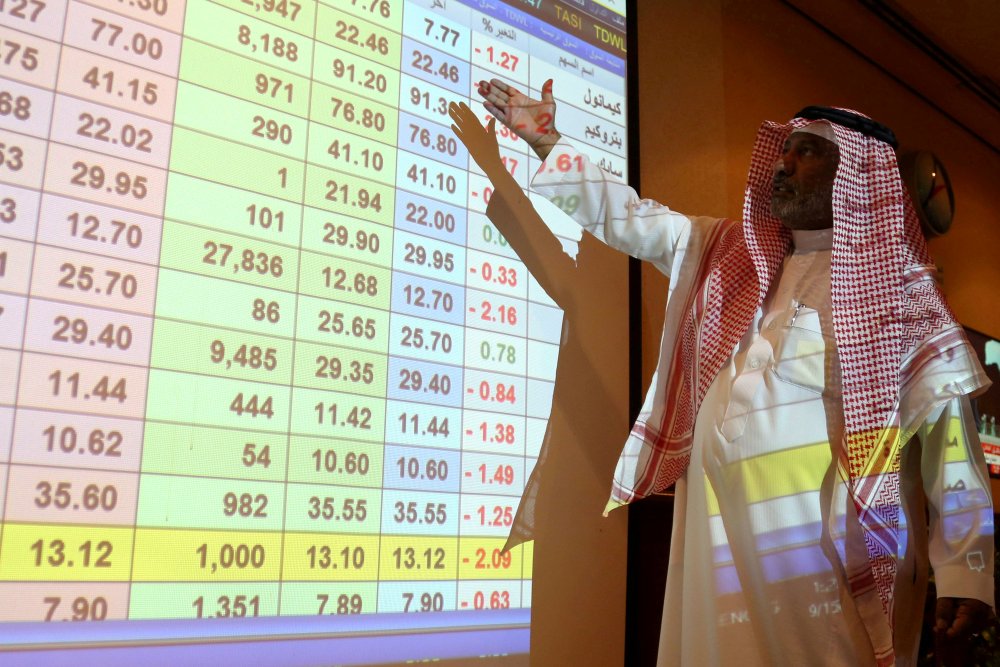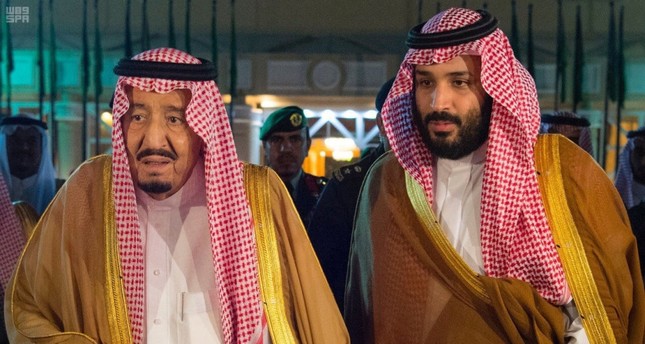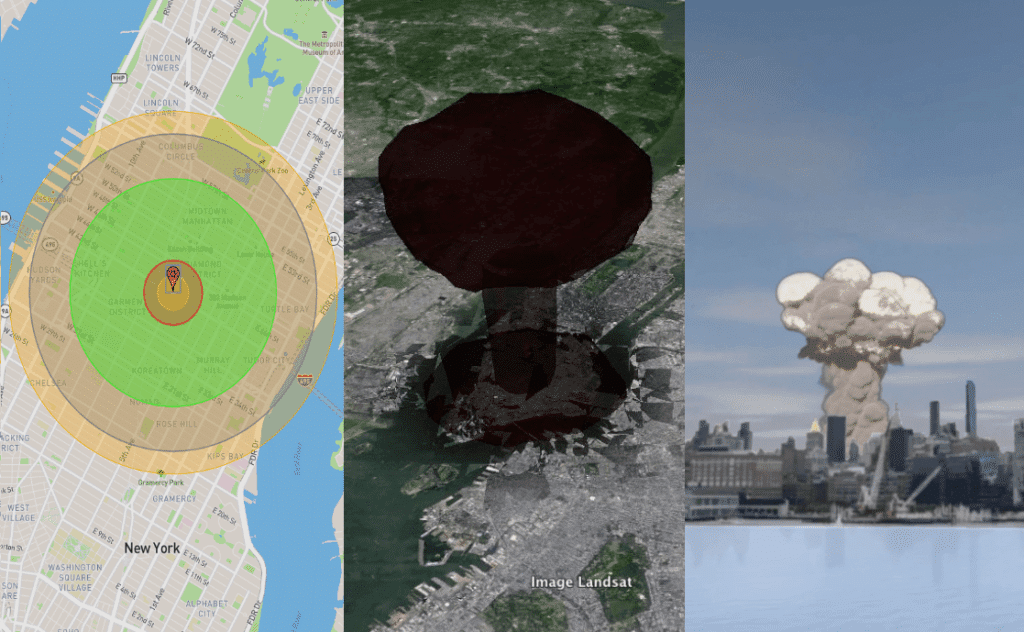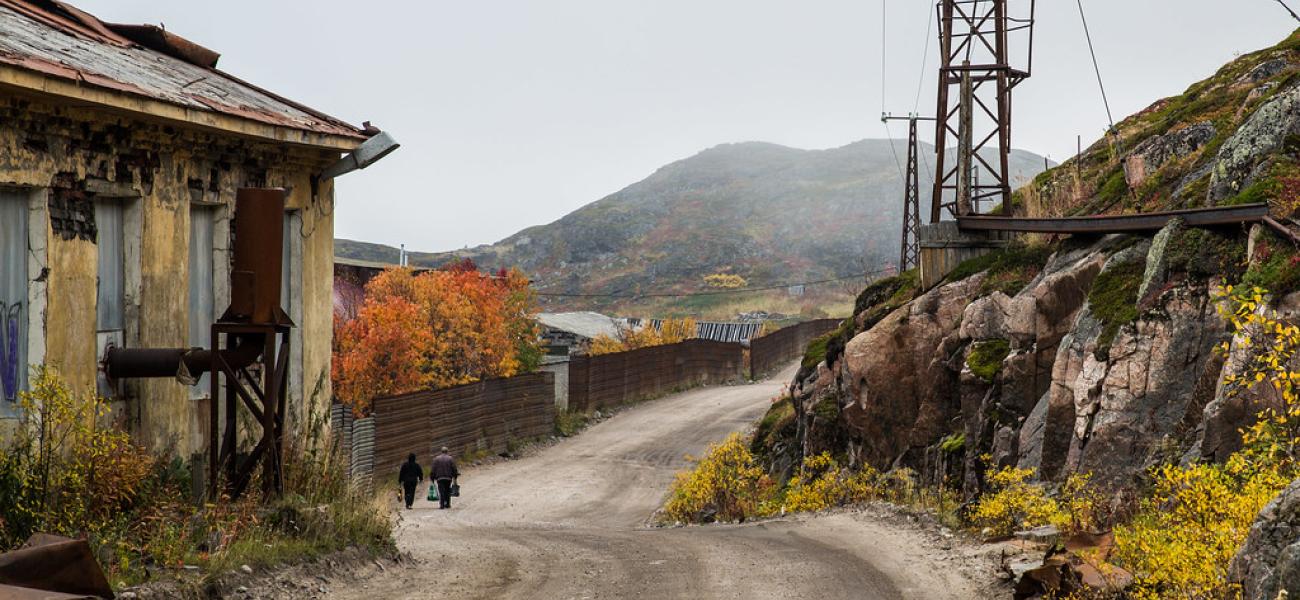If anything could distract Asia’s top powers from sparring over disputed territory and crimes committed during World War II, it’s the need for cheap oil. Asia accounts for more than 70 per cent of Saudi Arabia’s crude exports, with the four biggest economies — China, Japan, India and South Korea — leading the pack, according to consultancy Wood Mackenzie. That leaves them particularly vulnerable to rising geopolitical tensions in the Middle East that are now causing global crude prices to soar.
With the U.S. already blaming Iran for a devastating drone strike on a key oil facility in Saudi Arabia, American allies in the region like Japan and South Korea — as well as emerging partners such as India — may find themselves under pressure to go along with whatever President Donald Trump decides to do next. But their main goal will be to ensure any response is measured.
“The governments of China, India, Japan and South Korea are certainly united in their dependence on Saudi exports and will wish to avoid any escalation of the crisis,” said Miha Hribernik, head of Asia Research at Verisk Maplecroft, which advises companies on risk.






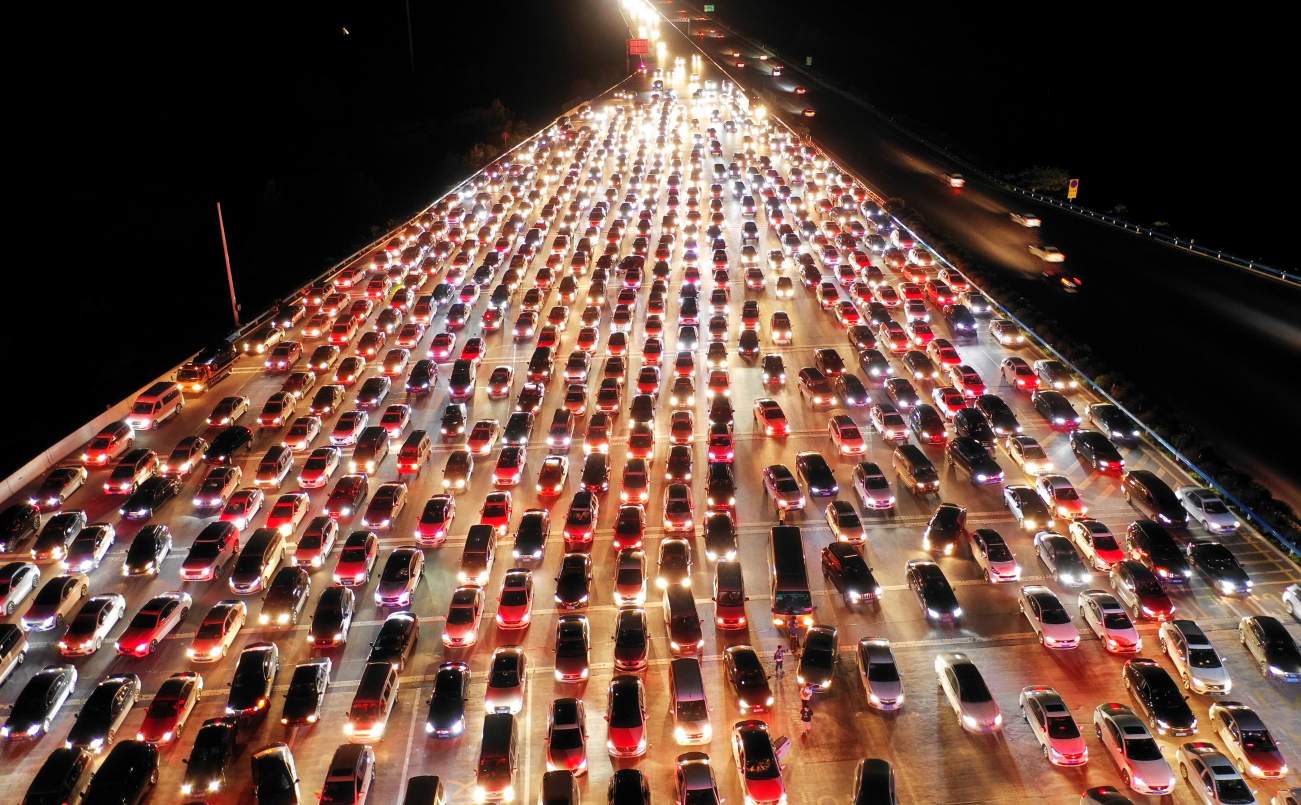


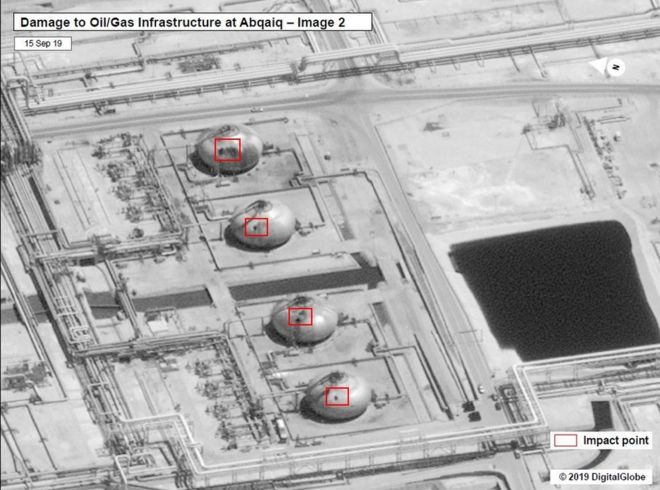 Image copyrightUS GOVERNMENT / DIGITAL GLOBEImage captionOne of the US government's satellite images showing apparent damage at the world's biggest oil-processing facility
Image copyrightUS GOVERNMENT / DIGITAL GLOBEImage captionOne of the US government's satellite images showing apparent damage at the world's biggest oil-processing facility